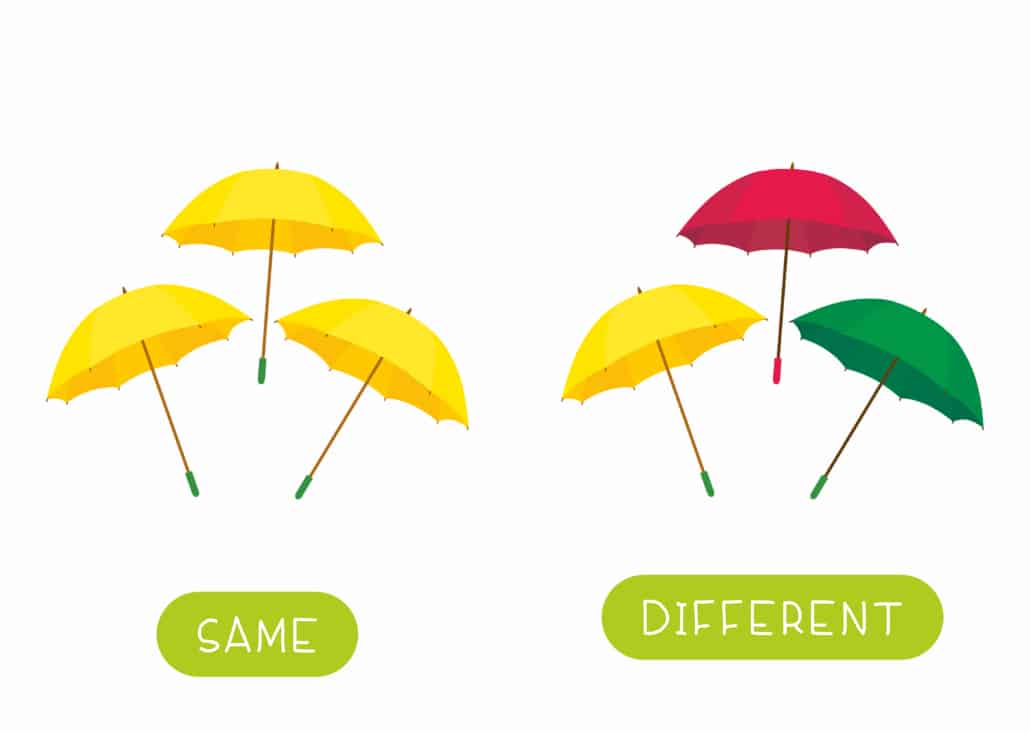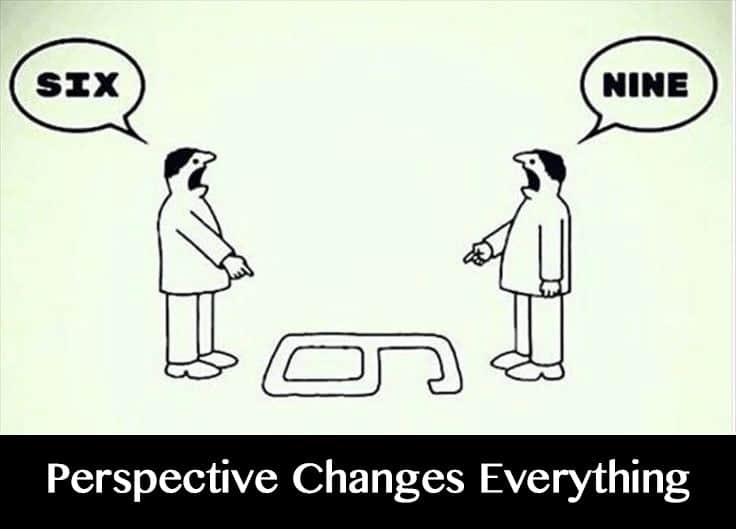Following Up On the Escalator Post
It’s been a few years since I’ve written a two-part blog post, and when I used to occasionally do that, it was planned as such in advance, when I recognized ahead of time that I was treating a longer topic.
This one wasn’t planned at all, and so this follow-up to last week’s The Crowded Escalator Problem in Family Planning is a bit of a surprise, even to me!
After completing that piece, it stayed with me, and I realized that I left a lot unsaid in that post.
I hope you’ll agree that it was worth revisiting this other view, the one at the beginning of the escalator ride, in contrast to the end.
With the escalator providing a metaphor for the ride through life for family members, I hope you’re ready to grab onto the handrail now.
Mixing Bookends with Escalators?
OK, so let’s get the mixed metaphor out of the way; I love to dabble in metaphors and so occasionally I end up putting a couple together, Frankenstein-style, that seem a bit incongruous, and that’s the case here.
I hope you’ll excuse that bit of inelegance, because I’m not sure there’s a better way to think of the view I’m talking about here.
Last week, we dealt with the difficulty that some senior family members have in recognizing that the time had come for them to disembark from the escalator they’d been riding for decades, as it pertained to their leadership role in the family enterprise.
The key is to distinguish that role, the one they play leading a business, from their other roles, the one of family member, and whatever role they continue to play in ownership.
The Training Period Takes Time – It’s a Process
Those in the rising generation need time to learn how to assume the roles they’ll be expected to play in the future, so from their perspective, they usually can’t wait to get started.
Too often, though, they have to wait, sometimes way longer than needed, to get into positions where they can practice and learn.
And here comes the A-Ha that I had, after finishing up last week’s piece.
It’s a lot like when your children are young, and they want to help out, say, in the kitchen.
When you’re in a hurry, it will always be faster for you to decline the offer of help and do everything yourself.
Showing them, helping them, fixing their mistakes, cleaning up their messes, Aaaaaarrrrggghhhh, it’s all so time-consuming.
And, if you never slow down and do that, they’ll never learn.
You actually did it, back then, and so later in life, you need to remember to do it again.
Hence the bookends.
Back to the “We” Versus “Me” Angle
Last week I ended off noting the difference between taking the “Me” view of things rather than the “We” angle.
It is very much that here again, but it’s also a lot more.
It’s about the arc of time, and learning to look at it from a much longer viewpoint. In the life cycle of a family, the longer the viewpoint you take, the simpler everything becomes.
If you look at today, or next week, or this quarter, doing the Me thing, in the short term, will always win.
But when you think about where things will be (and NEED to be) in five or ten years, the We almost always takes over.
Switching Over to the Diaper Story
I’ll wrap up by switching to a completely different issue, but that still deals with people at the extreme stages of life.
I want to talk about diapers. More specifically, the two people involved in the changing of the diaper.
Let’s call them the “diaperer”, i.e. the one doing the changing of the diaper, along with all the duties that brings with it, and the “diaperee”, i.e. the one for whom that diaper has been doing the heavy lifting.
Early on in the lives of the rising generation family members, the kids are the diaperees, and their parents are the diaperers.
At the other end of the escalator, a role reversal naturally occurs.
Hopefully, the former diaperees will be able to pay someone else to become their parents’ diaperers, but I think you get my drift.
In many family roles, we end up taking turns.
Like with bookends, you end up facing the other way at the other end.
























